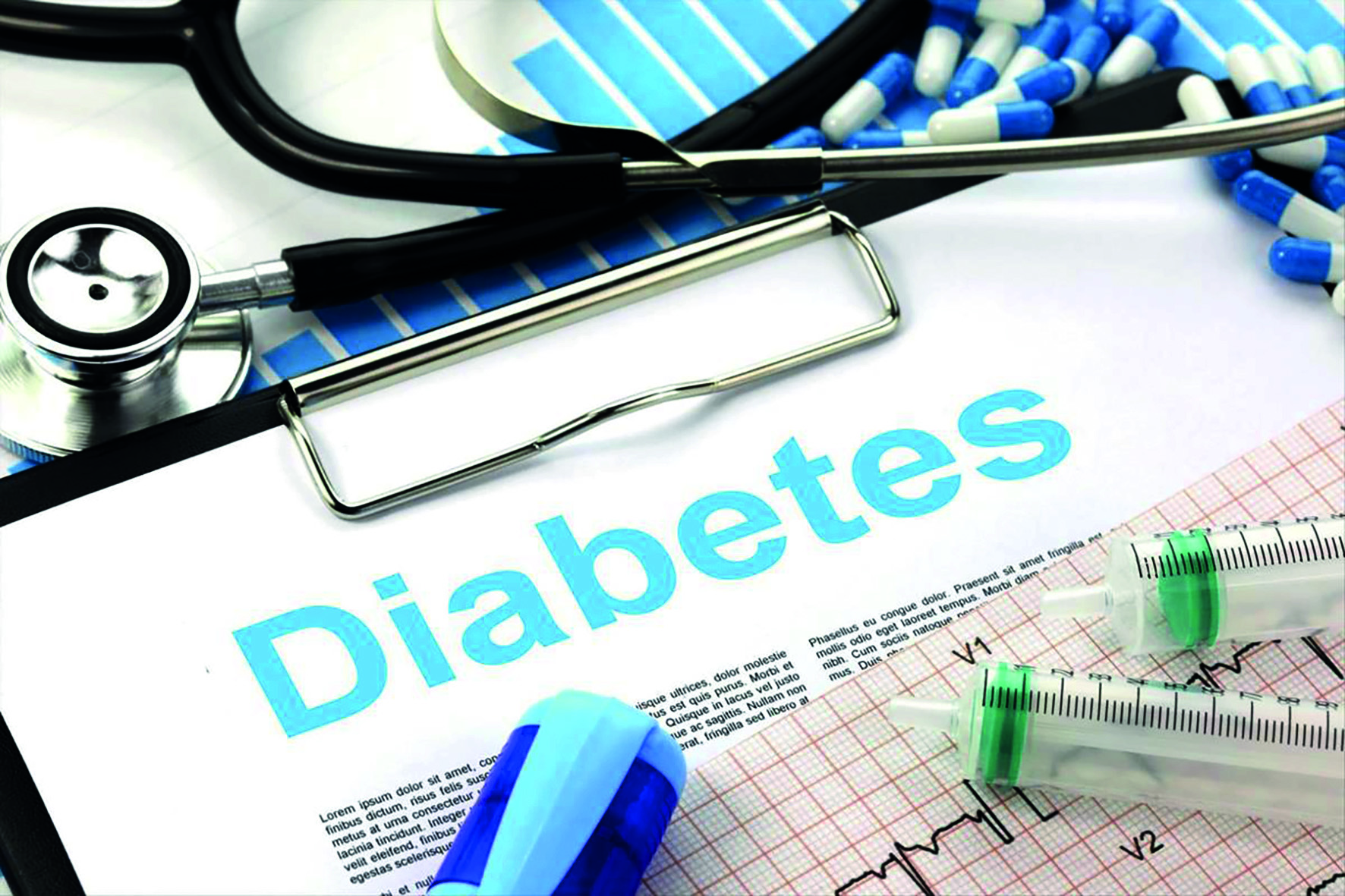The article explains that the number of people with diabetes is growing rapidly, especially in India. Unhealthy eating, lack of exercise, and smoking are major reasons for this. There is also a need for better diagnosis and control of the disease, especially in India, where many people with diabetes are still undiagnosed.
What is Diabetes?
Diabetes is a disease that affects how your body uses sugar (glucose) from the food you eat. Normally, your body makes a hormone called insulin, which helps turn sugar into energy. But in diabetes, your body either doesn’t make enough insulin or can’t use it the right way.
There are two main types of diabetes:
- Type 1 diabetes: The body doesn’t make insulin at all, so people with this type need to take insulin to help control their sugar levels.
- Type 2 diabetes: The body either doesn’t make enough insulin or the insulin doesn’t work properly. This type can often be controlled by eating healthy food, exercising, and sometimes taking medicine.
If diabetes isn’t controlled, it can cause serious problems, like heart disease, kidney issues, or damage to your nerves.
The number of people with diabetes around the world has increased a lot over the last 30 years. In 1990, there were about 200 million people with diabetes. By 2022, this number grew to over 800 million. This means that the percentage of adults with diabetes has doubled—from 7% in 1990 to 14% in 2022.
India has the highest number of people with diabetes in the world, with 212 million people. China comes second with 148 million people. India also has the largest number of people over the age of 30 who have diabetes but don’t know it, with 133 million people. In comparison, China has 78 million people in this situation.
One reason for the increase in diabetes is that the way data is collected has changed. In the past, studies mostly looked at fasting blood sugar levels to check for diabetes. But now, researchers include other tests, such as the HbA1c test, which checks the average blood sugar level over the past 2-3 months. This method is better at identifying more people with diabetes, especially in countries like India and other parts of South Asia. Without this more detailed method, many people with diabetes would be missed, especially in South Asia.
In India, diabetes has increased a lot over the past 30 years. While it is hard to get exact numbers, it’s clear that the problem is getting bigger. There are two main reasons for this rise in diabetes: unhealthy food and a lack of exercise. Many people in India eat too many foods that are high in calories, carbs, and fats, and they don’t get enough physical activity. These are two main things that can be controlled to help reduce the risk of diabetes.
However, there is also another risk factor that has not been discussed enough: smoking. According to a report by the World Health Organization (WHO) in November 2023, smoking increases the risk of developing diabetes by 30-40%. This happens because nicotine, the addictive substance in tobacco, damages the pancreas
The pancreas is the organ that makes insulin, which helps control blood sugar levels. When the pancreas doesn’t work properly, it leads to diabetes. Smoking also makes the body less responsive to insulin, which is another factor that contributes to diabetes. Therefore, avoiding tobacco can help reduce the risk of diabetes, and it also lowers the chances of heart problems and death in people who already have diabetes.
Another important factor in preventing diabetes is managing gestational diabetes, which is diabetes that develops during pregnancy. If this type of diabetes is not controlled, both the mother and the child are at higher risk of developing diabetes later in life. So, it’s very important to take care of diabetes during pregnancy to prevent these future health problems.
In India, there are still 133 million people with diabetes who don’t know they have it. This means India needs to do more to find and diagnose these people. The WHO has set a goal for 2030 to have 80% of people with diabetes diagnosed, and 80% of diagnosed people should have their blood sugar levels under control. This goal is important because diagnosing and managing diabetes early can help prevent serious health problems later on.
.
.
.
..join our telegram channel for regular updates of The Hindu Epaper Editorial Explanation-https://t.me/Thehindueditorialexplanation
The Hindu Epaper Editorial Explanation given by Hello Student is only a supplementary reading to the original article to make things easier for the students.
In conclusion, preparing for exams in India can be a daunting task, but with the right strategies and resources, success is within reach. Remember, consistent study habits, effective time management, and a positive mindset are key to overcoming any academic challenge. Utilize the tips and techniques shared in this post to enhance your preparation and boost your confidence. Stay focused, stay motivated, and don’t forget to take care of your well-being. With dedication and perseverance, you can achieve your academic goals and pave the way for a bright future. Good luck!
The Editorial Page of The Hindu is an essential reading for all the students aspiring for UPSC, SSC, PCS, Judiciary etc or any other competitive government exams.
This may also be useful for exams like CUET UG and CUET PG, GATE, GMAT, GRE AND CAT
To read this article in Hindi –https://bhaarat.hellostudent.co.in/
.
.
.

